Why Netflix Buying Warner Bros Would Be A Disaster For America
As we detailed earlier, Netflix and Warner Bros Discovery announced today a $72 billion merger, in a deal intended to consolidate Hollywood into the hands of a streaming giant.
“Our mission has always been to entertain the world,” said Ted Sarandos, co-chief executive of Netflix.
He added that the combination of the two entertainment giants together “can give audiences more of what they love and help define the next century of storytelling.”
Here's a snapshot of the deal terms:
-
Each WBD share converts into $23.25 in cash plus $4.50 in Netflix stock
-
Boards of both companies unanimously approved the transaction
-
Closing in 12–18 months, pending regulatory review and WBD shareholder approval
-
Bankers for NFLX: Moelis, Skadden; additional financing by Wells Fargo, BNP, HSBC
-
Bankers for WBD: Allen & Co., J.P. Morgan, Evercore; legal counsel Wachtell and Debevoise
Netflix outbid other offers, including those from Paramount-Skydance and Comcast, earlier this year.
The former WBD CEO summed things up succinctly:
And as Matt Stoller details below via TheBIGNewsletter.com, this deal could be a disaster for America.
Already, filmmakers are coming out anonymously saying that the streaming giant, if the deal goes through, would “Hold a Noose Around the Theatrical Marketplace.” Just the fact that creative powerful storytellers are afraid of opposing this deal publicly should tell us something. The deal looks illegal and is likely to face a merger challenge, which I’m going to go into. It may ultimately even prompt a monopolization case against Netflix.

First, let’s talk about why this deal is happening and why it’s problematic.
Warner Bros Discovery is one of five remaining major film studios and the third biggest streamer via HBO Max (after Netflix and Amazon Prime). It has a lot of great assets, including “franchises like DC’s superheroes, Harry Potter, Lord of the Rings, Game of Thrones, Looney Tunes and Scooby-Doo. It is also the distributor of Legendary’s Dune franchise and Godzilla and King Kong films.” Warner Brothers has been sold multiple times in the last 30 years under the same premise that consolidation is necessary, and every single time the merger has been a failure. Nevertheless, they are still at it.
For the last eight months, there’s been an auction of Warner Bro. Discovery. The CEO of the company, David Zaslav, is a reviled executive who has done a poor job for shareholders and filmmakers, but will nonetheless get paid $500 million if the deal closes. But Zaslav is just the help, the real power here is cable billionaire John Malone.
There were multiple bidders in the process. Comcast/NBC and Paramount were the others, they owned traditional studios. Netflix, however, is different. It doesn’t release its content into theaters, and most people think that the goal of Sarandos is to kill the entire movie theater business in favor of streaming.
One very obvious problem with this deal is that movie theaters right now are in a precarious position, and Netflix will likely push them over the edge. A theater needs a certain number of new releases to be profitable, and are very close to that line right now. Previous mergers have actually cut the number of theatrical releases. Take the last big merger, when Disney bought Fox in 2019, cutting the number of major studios from six to five. The number of theatrical releases collapsed. Here’s a chart and commentary from investment bank TD Cowen making the point.

Before Disney acquired 20th Century Fox in 2019, those two studios combined for an average of 24 wide release (1000+ theaters) films annually. Over the last three years, the merged studios have only released an average of 14 films annually – a 44% decline. In contrast, total output for the rest of the industry is roughly flat, with a small decline in output from the other major studios (Warner, Universal, Sony, Paramount, Lionsgate, and Amazon/MGM) offset by increased output from smaller studios (such as A24, Angel, Neon Rated, and Roadside Attractions).
Netflix is the number one streamer, and would be buying the number three streamer. It would also be buying a large and important content library, which would presumably then be unavailable for potential rival streaming services. A Netflix-Warner merger is a recipe for monopolization, and would be a pretty straightforward challenge for an antitrust lawyer under the Clayton Act. Judges are always a crapshoot, but the story here is clear, and recent analogies work against this deal.
Yesterday, Biden antitrust chief Jonathan Kanter went on CNBC to discuss the situation, before the deal closed. He cast doubt on all the bidders, but pointed out that Netflx probably has the biggest legal risk among all the possible buyers. It would be a big streaming combination where prices to consumers are already going up, it would also mean that a big film and TV library currently being licensed by other streamers would be locked up by Netflix.
Kanter’s main point was that even attempting a deal is dangerous, since Warner Bros Discover would have to freeze its business for a year and half while it undergoes a review. If the merger fails, then its assets will have degraded in that time period. The risks of a deal are significant, and frankly, it is irresponsible of the Warner board to try to do this kind of sale.
Republican Senator Mike Lee also warned off Netflix, saying that the possible deal raises “serious competition questions - perhaps more so than any transaction I’ve seen in about a decade.”

If the deal is illegal, why would Netflix go ahead with it? Well, it’s probably bad legal advice. Sarandos hired antitrust lawyer Steve Sunshine of Skadden, and Sunshine is a bad lawyer. He is often over-optimistic in telling his clients to go ahead with deals.
Sunshine has advised on several high-profile mergers over the past decade that faced federal challenges. In multiple cases where he represented the acquiring company, the deals were blocked or later abandoned after intervention from the Department of Justice or the Federal Trade Commission. Those included Visa’s attempted purchase of Plaid, Adobe’s effort to buy Figma, and Sabre’s proposed acquisition of Farelogix.
It’s actually worse than it looks, because Sabre and Visa, as a result of their attempted mergers, eventually also drew monopolization charges. If Netflix wanted to set itself up for a monopolization case, an ill-fated attempt to buy Warner Bros Discovery would be a good way to get a bunch of internal documents over to enforcers.
One way to understand whether this deal is legal is to look at a very similar merger than happened a few years ago, since judges work through analogy. In 2022, Judge Florence Pan blocked the largest book publisher in America, Penguin, from buying its major rival, Simon & Schuster. At the time, the lawyers for the merger said the industry had to consolidate to compete with Amazon, technology required economies of scale, yada yada. The case against the merger was pretty simple; five book publishers combining into four meant fewer opportunities to publish interesting books and less money for writers.
The attempt to merge Warner Bros Discovery with a rival is a dynamic that is very similar to Penguin/Simon & Schuster. There were five major publishers trying to consolidate to crush the bargaining power of authors, in this case there are five major studios trying to consolidate to crush the bargaining power of writers, directors, and actors. There was a “tech” argument in the form of Amazon for books, for content that argument is in the form of streaming and YouTube. Additionally, we saw what happened when the number of major book publishers dropped from six to five in a previous merger, which was a decline in bidding intensity for books. We’ve seen the same thing after the Disney/Fox combination.
After Judge Pan blocked the Penguin/Simon & Schuster, private equity giant KKR bought Simon & Schuster. And while there was a lot of concern that KKR would be a problematic owner, I’m told that what happened was the opposite. The company invested more in new imprints and titles, and Simon & Schuster is now profitable and flourishing. Meanwhile, the CEO of Penguin was fired. We don’t hear a lot about this situation, because KKR keeps the financials private. But also, Wall Street dealmakers don’t like to tell a story about the virtues of a deal that didn’t happen, the value of competition. It’s always consolidation will happen, it’s inevitable. But it’s not.
We can also look at the flip side; when Microsoft bought Activision, and a judge did not block that deal, there were mass layoffs and prices went way up for gamers.

Something similar is likely here. All of the streamers have been raising their prices, led by Netflix. That trend will accelerate with consolidation.
And that brings me to the politics. This merger will overseen by the Justice Department, foreign enforcers, and a host of state attorneys general. It’ll be a long drawn out process. If Trump decides he doesn’t like the deal, then the Antitrust Division will challenge it. But even if he doesn’t, or settles a deal in ways that are problematic, other enforcers can oppose it.
The politics of antitrust in this environment are complex, but they initially line up against this acquisition deal. In the bidding process, Paramount tried to convince Warner’s board that their Netflix’s proposal was illegal. For instance, Paramount’s David Ellison hired former Trump Antitrust Division chief Makan Delrahim, and their pitch was that the Trump administration will let them do the merger, but won’t let anyone else. You can expect meaningful GOP opposition to this deal, unless Netflix chooses to curry favor with Trump with donations, promised changes to content, and so forth, or finds a way to get his Silicon Valley advisors to persuade him to accept it.
On the other side, there was strident opposition to the GOP-leaning Paramount getting control of Warner Bros Discovery because of fear that Trump would revamp CNN in a way that would make it more right-leaning. So with Netflix buying Warner Bros Discovery, there is some softening to this merger among certain Democrats. Here, for instance, is Biden official Neera Tanden.

And yet, it’s not like the Democrats as a whole are going to be favorable. Hollywood creatives dislike Netflix’s acquisition, and they are likely to determine how Democrats respond. More broadly, Democrats are coming to understand that consolidation is a problem. Yesterday, Jane Fonda put out a piece in The Ankler making that very point, noting “how this administration has used anticipated mergers as tools of political pressure and censorship.” She cited using antitrust hurdles to change news coverage, as well as the attempt to fire Jimmy Kimmel. And called up antitrust enforcers to protect free speech.
And we must demand that the Justice Department and state attorneys general evaluate every proposed entertainment merger for compliance with antitrust laws. These reviews cannot be treated as procedural formalities or political leverage; they are the last line of defense against media consolidation that threatens competition, creative freedom, and democratic discourse.
So those are the politics.
What’s odd about this situation is that the Warner board just doesn’t seem to consider running Warner Bros Discovery as a profitable company making good movies and TV shows, even though that’s a perfectly viable path. Hollywood worked for a hundred years with that model. And that’s what Simon & Schuster is doing now in book publishing.
So why this aggressive attempt to sell the corporation? A big reason is that Zazlav will be paid $500 million for closing the deal. But behind that payday is that the financiers who run Hollywood simply don’t believe the movie business can offer the kind of returns they see their monopolist peers in tech getting. And they lack any capacity for creativity or leadership.
That’s why antitrust laws exist, to prevent people like this from ruining important corporations. Ultimately, this story of consolidation in Hollywood has been longstanding, and it intersects with deregulation. The old Hollywood model was to make TV shows and movies, and to sell them through multiple channels; good content made good money. But starting 20 years ago, the price signals that used to communicate what consumers liked and didn’t like started breaking down, so making good content stopped translating into profits.
Why did they break down? Well, in 2019, I started tracing the collapse of the industry to the end of the regulations that prohibited vertical integration of TV and film. These were known as financial syndication rules in TV and the Paramount decrees in movies. In this framework, TV networks couldn’t make their own prime time shows, but had to buy them from others. Similarly movie theaters and studios had to be separated. These rules created an open market for content, and linked consumer preferences with quality content.
When these rules went away, Disney bought ABC/ESPN, then we had the Marvel universe dominating everything, then Peak TV as streamers tried to lock in market power. Today, dominant streaming giants and the end of open markets for content is destroying the industry. The lack of fair rules is why prices are going up, but also why quality is down, and why it’s harder for innovative content models to emerge.
The right way to fix this situation is, as Jon Voigt proposed, to restore the prohibitions against vertical integration, a streaming version of the financial syndication rules. But financiers like Sarandos, Malone and Zazlav hate that idea, and think the answer is consolidation. They figure that consumers will then have no choice but to pay more for streaming, regardless of quality. Netflix in particular seems to have a model of importing foreign content, which will ultimately end the American film industry entirely. That might get the return on capital they want, but probably not.
I still find this situation odd. There are many ways to make money, you can try to profit by making great movies, you can also try to profit by burning down studios and squeezing Americans with streaming price hikes. It’s bizarre that our financiers have convinced themselves the only way to do well is through arson. It’s especially weird they are doing it by trying to buy Warner, which Wall Street has sold many times to different companies. And it never works out.
The financiers who push the ‘consolidation is inevitable’ line are wrong. And it’s not just Simon & Schuster showing that. There are many examples of successful merger challenges leading to healthier market structures, such as ARM-Nvidia, Visa-Plaid, or Figma-Adobe. Nvidia is particularly interesting; instead of being tied up with consultants trying to merge a giant chip blueprint producer, it became the biggest company in the world.
Unfortunately, Warner Bros Discovery board members are trying to sell their company in an illegal deal. The ideal scenario now is a trial that puts the secrets of Hollywood executives and financiers on display, and crushes the financiers who think mergers are the only move in business. Then Hollywood can get back to the business of making good tv shows and movies.
Tyler Durden
Fri, 12/05/2025 - 11:45












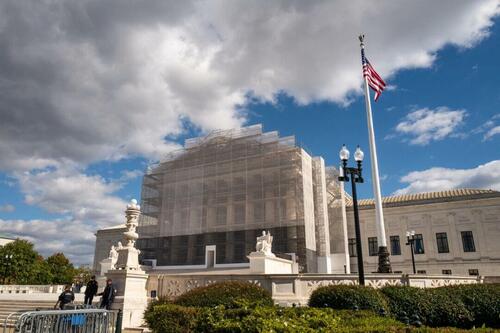 The Supreme Court in Washington on Oct. 20, 2025. Madalina Kilroy/The Epoch Times
The Supreme Court in Washington on Oct. 20, 2025. Madalina Kilroy/The Epoch Times A megayacht, built by Dutch yacht builder Royal Van Lent for former Starbucks CEO Howard Schultz, is piloted past a bridge in Woubrugge, Netherlands, on May 28, 2025. Josh Walet/ANP/AFP via Getty Images
A megayacht, built by Dutch yacht builder Royal Van Lent for former Starbucks CEO Howard Schultz, is piloted past a bridge in Woubrugge, Netherlands, on May 28, 2025. Josh Walet/ANP/AFP via Getty Images Billionaire businessman Elon Musk speaks during a town hall meeting at the KI Convention Center in Green Bay, Wis., on March 30, 2025. Scott Olson/Getty Images
Billionaire businessman Elon Musk speaks during a town hall meeting at the KI Convention Center in Green Bay, Wis., on March 30, 2025. Scott Olson/Getty Images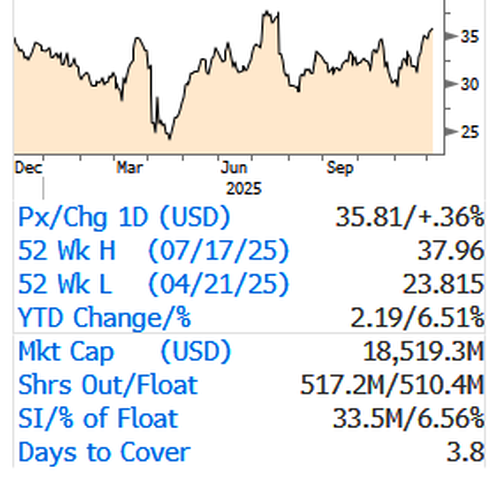
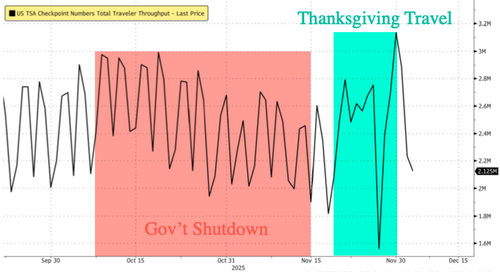


 The AT&T logo on a building in Los Angeles on Aug. 10, 2017. Mike Blake/Reuters
The AT&T logo on a building in Los Angeles on Aug. 10, 2017. Mike Blake/Reuters




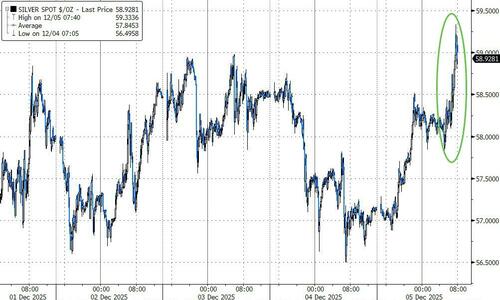
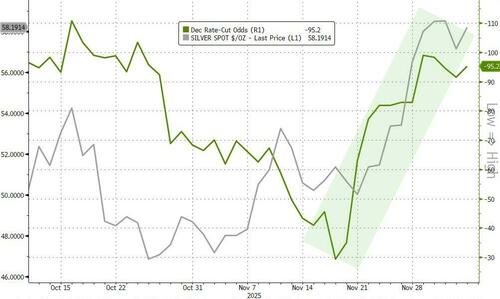
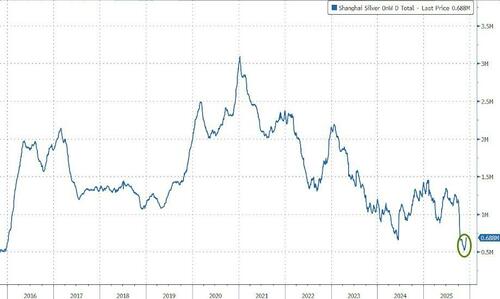
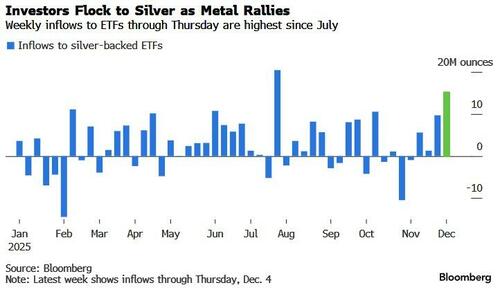

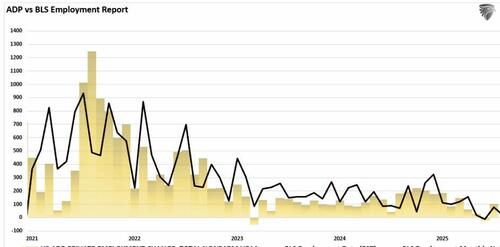
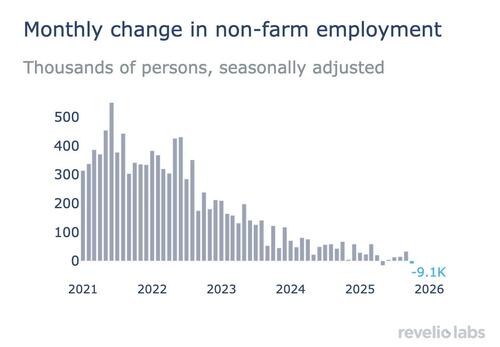
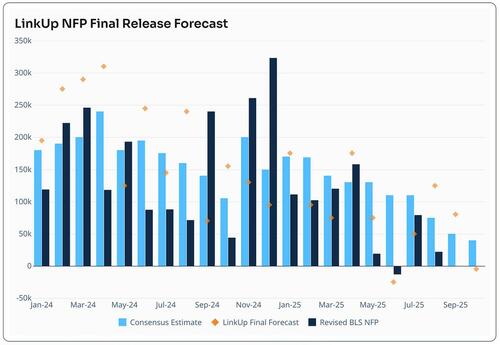
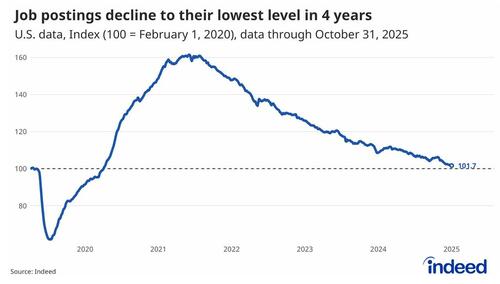


 Iranian military file image
Iranian military file image








Recent comments